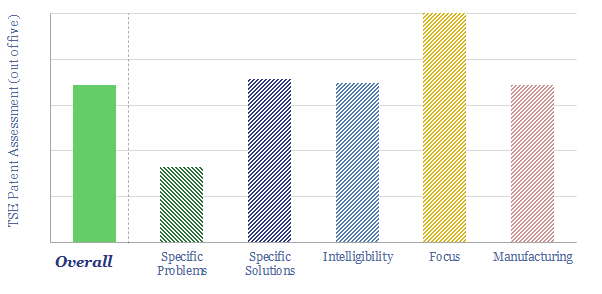Search results for: “direct air capture”
-
Cost and CO2 intensity of home cooking technologies?
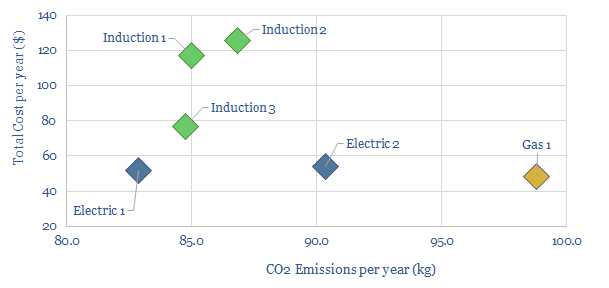
The most important determinant of cooking’s CO2 intensity is consumer behaviour. At today’s energy costs and grid mix, gas-fired cooking yields the lowest costs. Sometimes electrification of cooking will decrease CO2 and sometimes not. Electric induction is most efficient, but 2-3x more expensive than gas and electric hobs.
-
Drone companies: OEMs, inspection, defense and delivery?
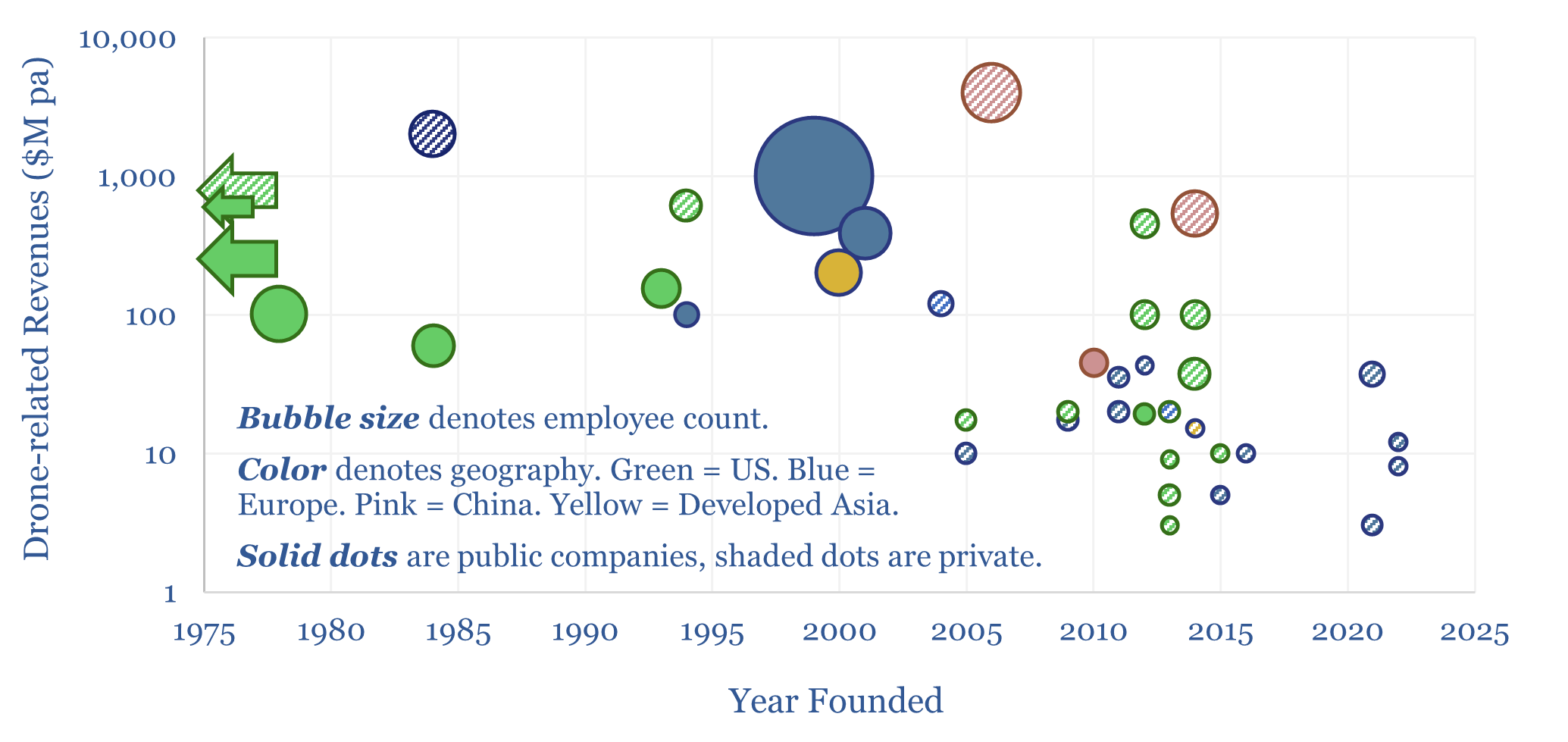
This data-file is a screen of 40 leading drone companies, which either manufacturing drones for consumer, commercial and defense purposes; offer drone inspection services; or offer drone delivery services. It is a vibrant landscape, with over half of the companies founded after 2010, worth c$40bn pa, and creating c$120bn pa of economic benefits.
-
Origin Materials: bio-plastics breakthrough?
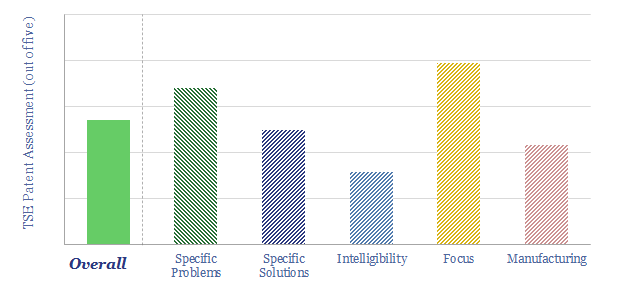
Origin Materials went public via SPAC in February-2021, as it was acquired by Artius Acquisition Inc at a valuation of $1.8bn. Its ambition is to use wood residues to create carbon-negative plastics, cost-competitively with petroleum products. This data-file outlines our conclusions from reviewing patents.
-
LanzaTech: biofuels breakthrough?
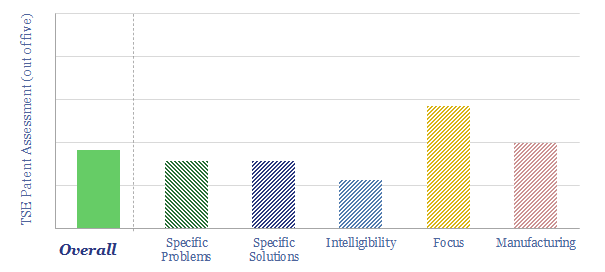
LanzaTech aspires to “take waste carbon emissions and convert them” into sustainable fuels (and bio-plastics) with a >70% CO2 reduction. We have assessed its patents but concluded we cannot yet de-risk the CO2-to-fuels pathway in our energy transition models.
-
Landfill gas: the economics?
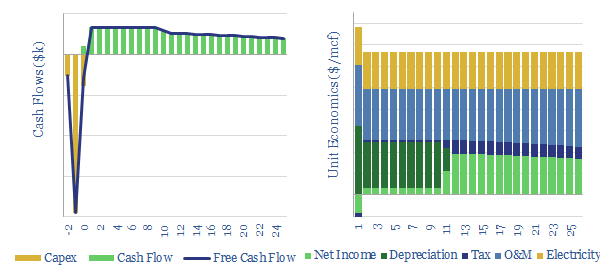
We estimate that a typical landfill facility may be able to capture and abate 70% of its methane leaks for a CO2-equivalent cost of $5/ton. Other landfill gas pathways get more complex and expensive. Raw and unprocessed landfill gas can be economical to commercialize at a cost of $2-4/mcfe.
-
Gas turbines: what market size in energy transition?
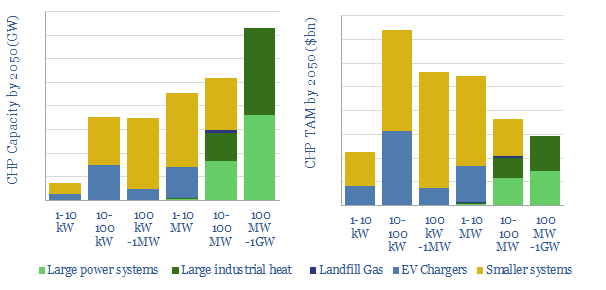
CHP systems are 20-30% lower-carbon than gas turbines, as they capture waste heat. They are also increasingly economical to backstop renewables. Amidst uncertain policies, the market size for US CHPs could vary by a factor of 100x. We nevertheless find 30 companies well-placed in a $9trn global market.
-
Carbon Clean: CCS breakthrough?
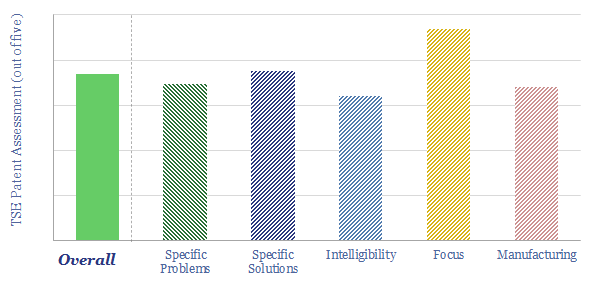
Carbon Clean is a CCS company. It has already captured over 1MT, across 38 facilities. But in addition, it is developing a next-generation design, which could ultimately lower cost to $30-40/ton. Our review finds a very decent, albeit concentrated patent library, following our usual framework.
-
Variable frequency drives: the economics?
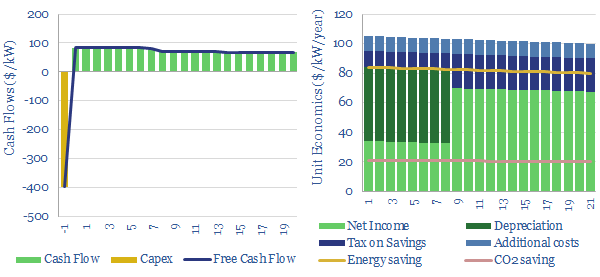
Variable frequency drives optimize the operating speeds of electric motors. Average energy saving are 34% and average costs are $250/kW. Hence our modelling calculates >15% IRRs installing a VFD at a typical industrial motor. This data-file captures the economics.
-
Nature based solutions: CO2 removals in 2022?
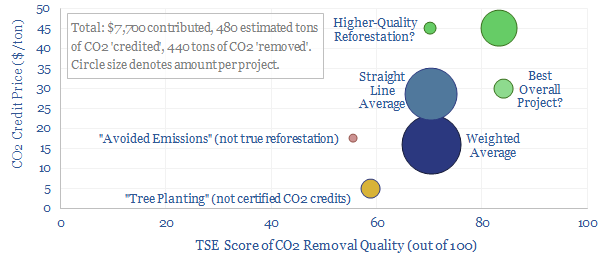
Is the nascent market for nature-based carbon offsets working? We appraised five projects in 2022, and contributed $7,700 to capture 440 tons of CO2, which is 20x our own CO2 footprint. This 11-page note presents our top five conclusions. Today’s market lacks depth and efficiency. High-quality credits are most bottlenecked. Prices rise further in 2023.…
Content by Category
- Batteries (89)
- Biofuels (44)
- Carbon Intensity (49)
- CCS (63)
- CO2 Removals (9)
- Coal (38)
- Company Diligence (95)
- Data Models (840)
- Decarbonization (160)
- Demand (110)
- Digital (60)
- Downstream (44)
- Economic Model (205)
- Energy Efficiency (75)
- Hydrogen (63)
- Industry Data (279)
- LNG (48)
- Materials (82)
- Metals (80)
- Midstream (43)
- Natural Gas (149)
- Nature (76)
- Nuclear (23)
- Oil (164)
- Patents (38)
- Plastics (44)
- Power Grids (130)
- Renewables (149)
- Screen (117)
- Semiconductors (32)
- Shale (51)
- Solar (68)
- Supply-Demand (45)
- Vehicles (90)
- Wind (44)
- Written Research (355)
